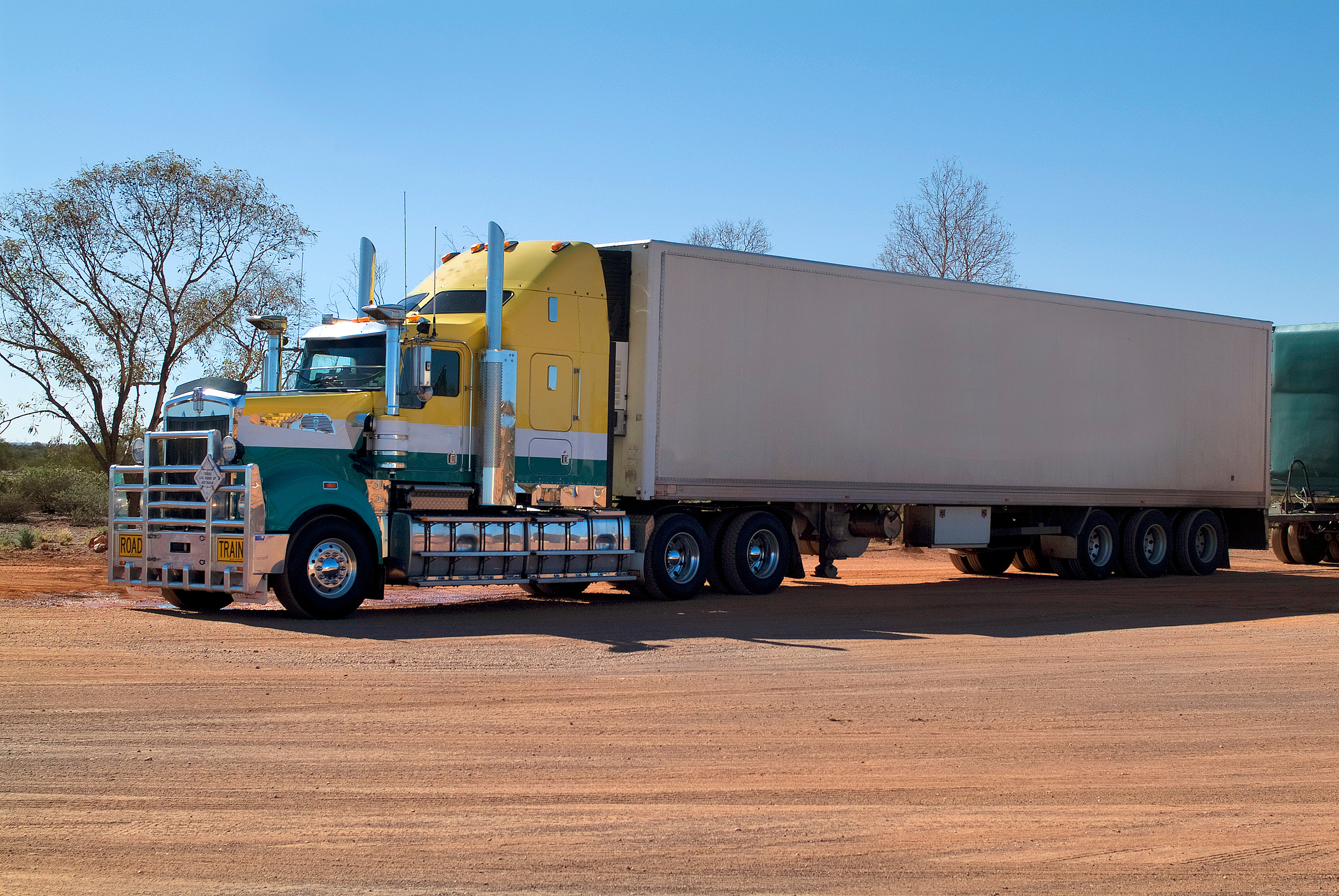A complete guide to fleet idling: Understand, detect and stop true idling
Idling increases fuel consumption and operational costs. Learn how to minimise it with tips on setting idling rules, notifications, driver coaching, and reporting.

Despite what you may have heard, turning off your car or truck and then restarting it does not burn more fuel than leaving it running. Some drivers leave their vehicle idling without even thinking about it. For example, an employee waits in their car for a coworker at a local coffee shop, the engine humming in the background. Fleet idling can be very costly to business operations due to wasted fuel, accumulated vehicle maintenance costs, and significant fines in some countries, regions, and cities. Targeting this area can help you significantly reduce costs, fuel consumption, and emissions.
True idling versus operational idling
A common myth in transport is that diesel engines need at least five minutes of warm-up time before driving at any temperature. These days, most diesel engine manufacturers recommend no more than three to five minutes of preparational idling, unless the temperature is lower than -17°C, in which case seven minutes is recommended. Any time longer than that can cause engine damage over the long term. These engines only need to warm up if ambient temperature is lower than 10°C.
There are similar myths about how long passenger vehicles need to warm up. Internal combustion engine (ICE) vehicles manufactured after 1990 are generally equipped with fuel injection engines which warm up enough for driving in just a few minutes. According to Popular Mechanics, these engines need only a few seconds to build up oil pressure, and the engine needs to hit driving-level rotations per minute (RPMs) to best warm the engine and vehicle interior.
Understanding the difference between true idling and operational idling is helpful to managing this area of your fleet operations.
Operational Idling | True Idling |
| Definition: When a stationary vehicle is running to power external equipment, or to warm up a vehicle to legal limits. | Definition: When a vehicle’s engine is running, but the vehicle doesn’t change position. |
| Examples: Idling with a PTO unit to run equipment such as a high-powered vacuum, dump deck, or a towing mechanism on the back of a truck bed. | Examples: Idling while in stop-and-go traffic, drive-through lines, loading docks, or depots. As well, running the vehicle engine to power heating, air conditioning, and electronic devices. |
How does idling harm vehicle engines and systems?
According to Popular Mechanics, idling can cause fuel to wash away the oil which lubricates the motor, causing friction which ages the engine prematurely. Fuel injection engines warm up faster while driving than idling once the correct oil pressure and RPMs are reached. Modern engines have fuel consumption regulating sensors, and idling doesn’t warm the engine well enough to enable the sensors to respond, as the fuel to air ratio is too rich. Partially combusted fuel can damage engines, spark plugs, and exhaust systems.
The economic and environmental effects of idling
According to an U.S. Environmental Protection Agency, (EPA) idling burns up to half a litre of diesel fuel per hour, and vehicles that idle more than 50% of their time experience higher maintenance costs. It calculates that by reducing vehicle idling for twenty-five trucks by two hours a day would save 150 litres of diesel. According to the Australian Automobile Association, the average price of diesel passed $2.00 per litre in March and April of 2022, which equates to a savings of $300 per day over 300 operating days equates to $90,000.
A Climate Change Authority report finds that the transportation industry contributes 16% of Australia's emissions.
What are the consequences of excessive idling?
Many international jurisdictions charge fines for idling. The American Transportation Research Institute offers a compendium of the fines and conditions in thirty U.S. states. New Yorkers can reap considerable financial rewards for reporting idling law offender. Other countries that fine drivers for true idling over three minutes include Canada, the UK and several countries in the European Union.
Job seekers with high demand skills often evaluate potential employers based on their efforts to end climate change. Investors are increasingly evaluating companies based on the triple bottom line of profit, people and the planet.
How MyGeotab helps you monitor fleet idling
Geotab offers many tools on our platform to help companies identify and manage vehicle idling. Here are a few that you should be aware of and some other strategies you can leverage to minimise idling. Here is how MyGeotab calculates idling for a single trip:
.png)
Set up a true idling rule and notification
Fleet managers can set software-based rules to identify excessive idling events and vehicles to understand where coaching, maintenance, or other corrective actions should be taken. With email and text message notifications, fleet managers can identify any exceptions generated from these rules to help; improve idling numbers.
Driver coaching tools for idling
Driver feedback helps reduce idling events by notifying drivers when idling occurs to immediately adjust their behavior. The Geotab GO device can be configured to produce in-cab audible sound through the device’s built-in buzzer or deliver a spoken text-to-speech message using the GO TALK Live In-Vehicle Verbal Feedback Add-On.
Coaching through gamification has proven effective for many areas of fleet management, including discouraging idling, speeding, and distracted driving. International pest control and home services company Orkin cut its idling by 8.4%, saving an estimated US$50,000 during a three-month driver contest. This initiative was a win-win that improved Orkin’s corporate sustainability and bottom line.
Track idling and fuel consumption trends with custom reporting
The Exception Details report, included by default within each MyGeotab database, shows when, where and for how long true idling or wasted time events occurred. Using rules that differentiate between operational and non-operational idling makes it possible to calculate a breakdown of time spent within each category. Some report customisation can provide a scoring element that ranks vehicles and drivers on their performance.
.png)
As you can imagine, there are several possibilities when it comes to visualising this data. Thankfully, for those of us who are not Microsoft Excel experts, the Geotab Marketplace provides some custom report templates which can help add firepower to the fight against true idle time reduction. Here are some examples:
- Weekly Idle Cost – Litres Trend Report: This shows the overall cost of idling for the fleet. Intended to be run for a week’s duration, broken down daily for trending analysis.
- Last 3 Months Idling Trend: Displays the total idling time for the entire fleet over the last three months.
- Trended Exception Report: Showcase how your drivers are doing compared to each other on a trend. Designed to be reporting for a monthly or weekly data set, showing daily or weekly trends.
Check out this quick overview to learn about more free custom reports in the MyGeotab Marketplace.
Vehicle idling stop-start technology
Since idling can be an unconscious habit, it can be very effective to put vehicles in control during traffic stops. Manufacturer adoption and availability of idling stop-start systems have grown since 2010. Initial resistance to the technology included concerns that repeatedly turning the engine on and off would result in
- Damaging strain on starter motors
- Battery wear when heating, cooling, and entertainment systems are in use while stopped
- Repeated vehicle shaking on restarts could damage engine mounts
- Delayed re-ignition could stall a vehicle in dangerous circumstances
Over time, many of these concerns have been addressed by vehicle manufacturers, while others have simply proved baseless. Many manufacturers have re-engineered their starters, batteries, and ignition systems to support idle stop-start technology. The U.S. Environmental Protection Agency (EPA) reports that 46% of 2020 model year vehicles from all manufacturers were equipped with non-hybrid stop-start. The EPA study lists leading fuel conservation technologies, including turbo, gasoline direct injection, and 7-plus gear transmissions.
The fuel and savings resulting from automated engine stop-start systems vary widely, as it delivers the most value in urban areas where traffic density is highest.
How much CO2 does an idling engine produce?
Understand how idling contributes to your organisation’s carbon footprint
Aside from addressing the financial impact of idling on your organisation, measuring how much carbon dioxide your vehicles emit is equally essential. Many organisations (including Geotab) have established ambitious environmental, social, and governance goals standards in recent years.
In a recent study, it was estimated that reducing idling by between fifteen percent and fifty percent per vehicle could reduce fuel costs by between $60.00 and $200.00 per year and reduce carbon emissions.
The EPA study referenced above found that estimated new vehicle real-world CO2 emissions are at a record low, and fuel economy is at a record high. Yet fuel costs continue to hit record highs, and organisations strive to decrease their emissions. Countries are working to resolve electric vehicle (EV) supply chain issues and ramp up their EV charging infrastructure.
Monitor your carbon emissions to discourage idling
The free Geotab CO2 Emissions report in the MyGeotab Marketplace uses engine-based fuel economy data to calculate the estimated amount of CO2 emissions due to fleet activity. It is an especially useful report for companies looking to reduce their carbon footprint and contribute to a healthier environment. Although this report measures the cumulative emissions of fleet vehicles, and not just while idling, it can help put idling in perspective as a pollutant and waste of fuel.
.png)
Geotab CO2 Emissions report showing CO2 emissions in metric tons for eight fleet vehicles within a month.
Driver awareness and training are key
Idling is usually a state that the driver has chosen to operate the vehicle in, so driver awareness and training are key. Telematics data collection, reporting, and driver coaching can all assist fleet managers in creating more sustainable and efficient fleets. Perhaps, in the future, electric and driverless vehicles will become a solution to this problem.
Taking all, or even some of the actions described in this article can help reduce idling and fuel consumption. Monitoring idling with MyGeotab can help you understand how effective those actions are.
Is stopping true fleet idling an important cost reduction or sustainability goal for your organisation? To learn more about managing your fleet’s idling, visit our fleet fuel management solutions web page. If you have questions or want to hear what others are saying about fuel management, visit the Geotab Community.
The Geotab Team write about company news.
Related posts
.jpeg)

Geotab becomes a certified Telematics Monitoring Application Service Provider
April 1, 2025
3 minute read

From Rebates to Road Safety: A Guide to Optimising Your Council Fleet
March 24, 2025
1 minute read


Geotab at MEGATRANS discusses Cost Savings and Automation
September 24, 2024
1 minute read

